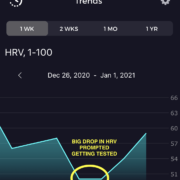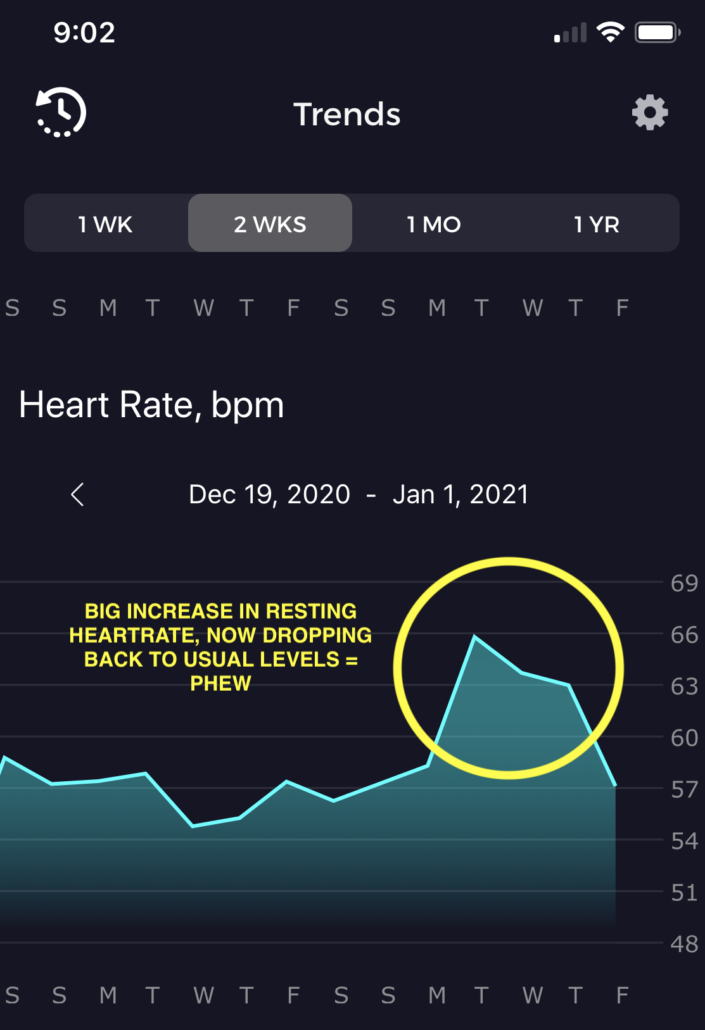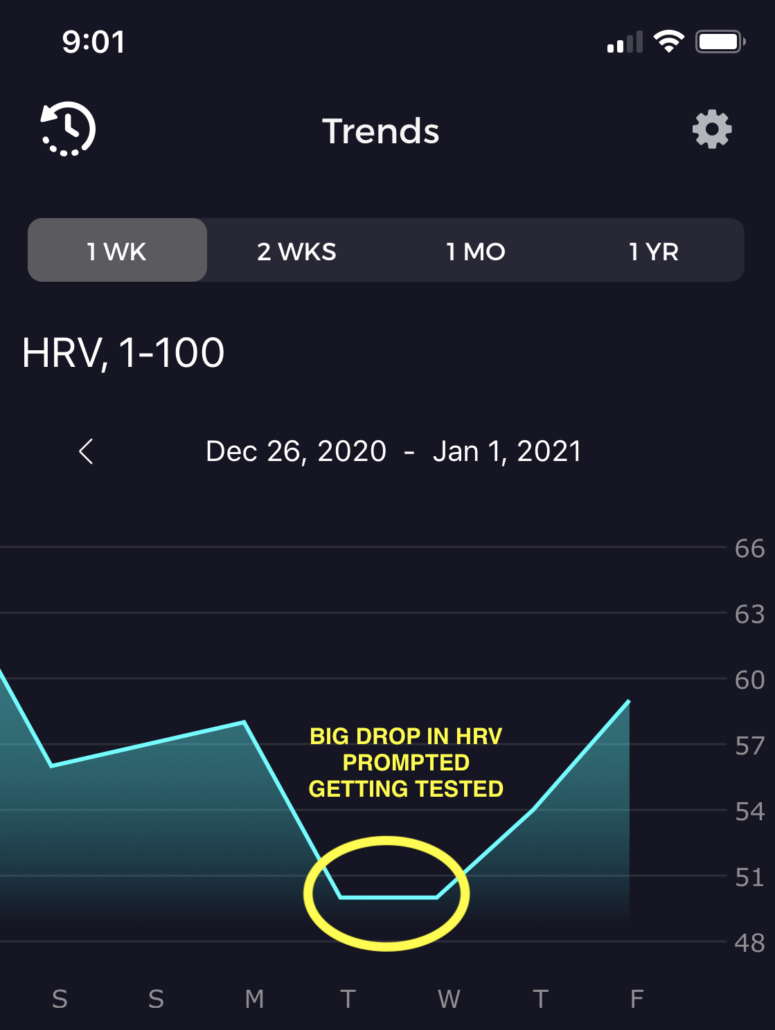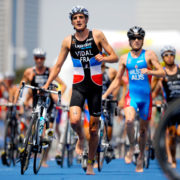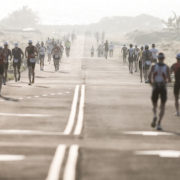CONQUERING BACK PAIN

We’ve all felt it – whether in the form of a sudden pinch, a gradual stiffening, or simply waking up to it – yep, it’s back pain. Coming in many shapes and forms, and with even more potential causes, discomfort in the spine is a leading cause of missed workouts and failed programs. Here are three key tips for preventing back pain.
Strengthen Your Core
While training might be seen as a risk factor for back pain, the right exercises performed in the right way can actually be what protects you from it! Strong muscles in your abdomen, obliques, and spine provide the solid core that your back needs for support.
Healthy muscle is both strong and flexible, so don’t neglect the power of stretching before and after workouts. Yoga poses such as cobra (bhujangasana) and cat-cow (chakravakasana) are a great place to start! Try yoga flows that include the poses above, and for core strength, lean on the many variants of plank exercises rather than curls or crunches.
Perfect Your Form
Sacrificing technique for a PR is a surefire way to pick up an injury. Given the role of the spine in “big” lifts such as deadlifts, it’s often an easy victim. When placing your spine in a compromising or challenging position, keep your back as straight as possible and engage your core muscles to do the work. And whether you’re deadlifting or helping a friend move a couch, always remember to engage your legs and glutes to shift the brunt of the load away from your back.
The key word here is control. When training, stretching, or recovering and relaxing, never subject your spine to motions or actions that can’t be done with precision. For example, leaping into high-intensity programs without properly preparing can be much too harsh and sudden, and can easily lead to injury.
And while we’re discussing the importance of form and control, the notion of “(weight) training until failure” should be left in the past. While it can be satisfying in its simplicity, the concept of pushing your body to the point of collapse is inherently flawed. If you truly push your body to the brink, you will absolutely compromise on form and technique somewhere along that journey – and that’s where injury will strike. Muscles coming to the point of collapse means joints that are under an incredible amount of stress and when form inevitably slips… let’s not go there. It’s far more beneficial to work smarter, train with perfect form, and recover with a vengeance.
Address Imbalances
Frequently, a back injury doesn’t originate in the back at all, but is actually caused by weak or injured muscles elsewhere in the body. Your spine can act as a “compensator” – by virtue of being big, strong, and central in the body, it can pick up the slack of other muscles such as the glutes, upper legs, core, and chest.
For example, strong glute activation is crucial in exercises such as squats. If the glutes are undertrained and can’t handle the work, the spine will compensate and may be strained in the process. You may not even notice while exercising, because, well, you did the reps! But you didn’t do them using the muscles you thought, and your lower back might pay the price later. Recurring back pain can often be attributed to a muscle imbalance and subsequent overcompensation on a regular basis.
As with any injury, the answer is never to work through the pain. Don’t train on an injured spine – take a day off and get treated sooner rather than later. Make sure that you’re following good practices outside of the gym too; the office, couch, and bedroom can be just as dangerous.
Engage in a Well-Rounded Training Routine
Creating a training routine that will suit you best may seem daunting and this is where I literally “have your back” (pun intended). I’ll create a custom and adaptive training plan, taking into careful consideration your recovery activities and days as much as your activity.


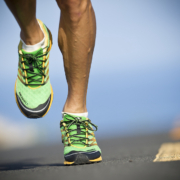
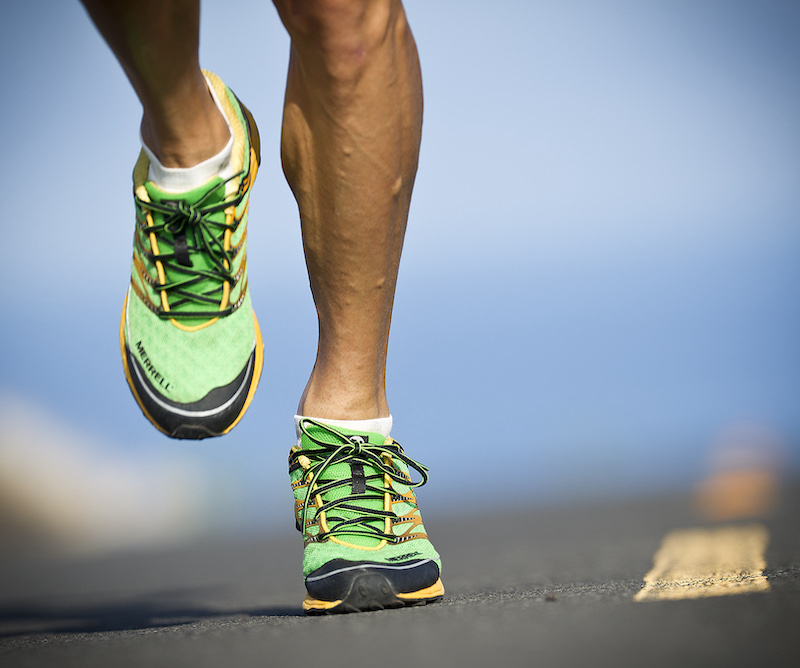 The long winter days are behind us and by now you should hopefully have built up a strong aerobic system and fat-burning base. You’ve spent some time in the hills to develop better strength and now you want to maximize the top end of your engine to propel to peak speeds at the races. It’s time to go fast!!
The long winter days are behind us and by now you should hopefully have built up a strong aerobic system and fat-burning base. You’ve spent some time in the hills to develop better strength and now you want to maximize the top end of your engine to propel to peak speeds at the races. It’s time to go fast!!


